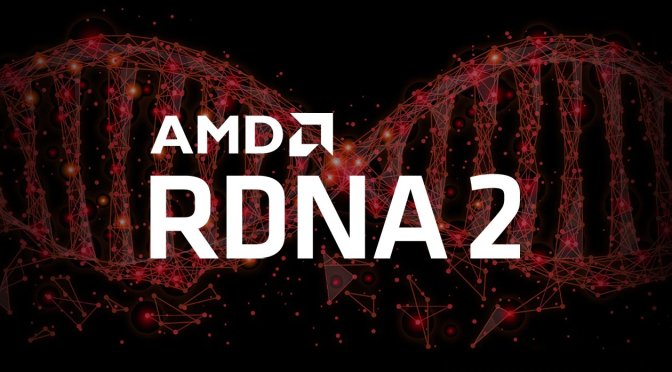As you may know, USB-C is an industry-standard connector for transmitting both data and power on a single cable. The USB-C connector was developed by the USB Implementers Forum (USB-IF), the group of companies that has developed, certified, and shepherded the USB standard over the years.
The USB-IF counts more than 700 companies in its membership, among them Apple, Dell, HP, Intel, Microsoft, and Samsung. USB-C is billed as the solution for all our future cable needs, unifying power, and data delivery with display and audio connectivity. The standard has, unfortunately, failed to live up to its early promises to some extent.
NVIDIA recently removed the VirtualLink USB Type-C connector on the Ampere RTX 30 series graphics cards. Nvidia decided not to support VirtualLink on its Ampere lineup of graphics cards. The first products to feature the new connector were the NVIDIA Turing family (the GeForce RTX 20 series). AMD has never released a gaming graphics card with this connector, despite being part of the consortium.
Despite the popularity, the USB-C port on Nvidia’s GeForce RTX 20-series Turing graphics cards was just your everyday USB-C interface adopted by Nvidia to support VR headsets, a feature that really never took off. In fact, it can also be used like any other USB-C port to connect your headphones, external SSD, or even charge your Android smartphone.
But now it appears that AMD may implement the USB-C port on some of the Big Navi GPU models. This leak comes via a Redditor, who spotted a new patch for AMD’s open-source AMDGPU kernel driver for Linux, which adds support for this USB-C interface. The patch and the source code clearly mention the name SIENNA CICHLID which is the rumored codename for big Navi 21 GPU.
Though, the Radeon Pro W5700 workstation GPU, which is powered by Navi 10, also came equipped with a USB-C port. But now it appears that AMD might introduce this connector interface on some of the Gaming GPUs based on the new RDNA2 architecture.
With the rapid growth of USB-C monitors in the last couple of years, AMD plans to adopt the USB-C technology, in the hope of supporting the new wave of monitors. Unlike Nvidia’s offering, this has a wider use-case. Navi 21 will be largest die in the upcoming Navi 2x family. AMD would also be making a Navi 10 Refresh to cater to budget and mid-range gamers, as Navi 23 is likely to be comparatively more expensive owing to higher clocks and core counts.
We are already aware that the upcoming Navi 2x lineup will feature three GPUs: Navi 21 (505 m2), Navi 22 (340 mm2), and Navi 23 (240 mm2). Navi 21 will likely feature up to 80 Compute Units (CUs) and 5,120 Stream Processors (SPs) and is expected to offer 50% better performance per watt. Navi 21 will be primarily segmented for three markets: Gaming, Pro, and Apple. The Gaming variants include the XTX, XT, XL, and XE SKUs similar to what AMD offered with the Radeon RX 5600 and 5700 series GPUs. It is not fully clear whether the XTX variant will be just a higher binned XT with better clocks or will, in fact, feature higher CU counts as well.
Stay tuned for more!
Hello, my name is NICK Richardson. I’m an avid PC and tech fan since the good old days of RIVA TNT2, and 3DFX interactive “Voodoo” gaming cards. I love playing mostly First-person shooters, and I’m a die-hard fan of this FPS genre, since the good ‘old Doom and Wolfenstein days.
MUSIC has always been my passion/roots, but I started gaming “casually” when I was young on Nvidia’s GeForce3 series of cards. I’m by no means an avid or a hardcore gamer though, but I just love stuff related to the PC, Games, and technology in general. I’ve been involved with many indie Metal bands worldwide, and have helped them promote their albums in record labels. I’m a very broad-minded down to earth guy. MUSIC is my inner expression, and soul.
Contact: Email

